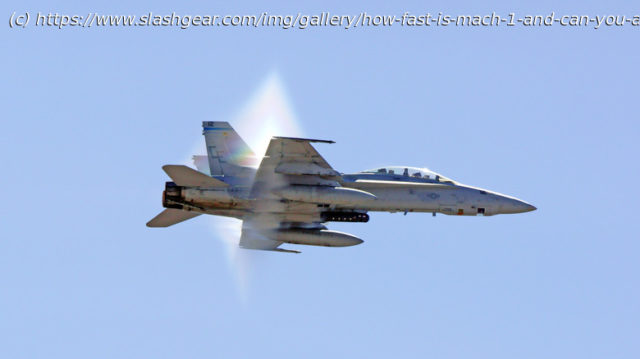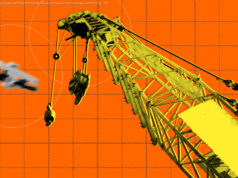Breaking the sound barrier sounds super dramatic, but funny enough, it turns out it’s really just a number on a meter. Here’s how it works (and how it feels).
When legendary pilot Chuck Yeager broke the sound barrier and flew the Bell X-1 past Mach 1 in 1947, it was the greatest aviation milestone ever achieved at that time. These days, however, reaching Mach 1 is common practice in aviation. What people don’t realize, though, is that while Mach 1 is the speed at which an aircraft reaches the speed of sound, it’s not a fixed speed. The key thing here is that the speed of sound changes relative to the temperature and density of the air you are flying through. At sea level this is around 330 meters per second or 767 miles per hour. But at higher altitudes Mach 1 can be considerably slower than at sea level.
“Breaking the sound barrier” sounds dramatic because, for decades, it was made to seem that way by movies and media. But the name is misleading. There’s no invisible “barrier” waiting to shatter like pane of glass or something. Modern aircraft cruise past Mach 1 as if it were a Sunday stroll in the park. In truth, there’s no actual “barrier” in the physical sense. The only thing really noticeable about it is a number ticking over on a gauge.
People inside the plane say that crossing Mach 1 is somewhat uneventful, which is the most surprising part of it all.






